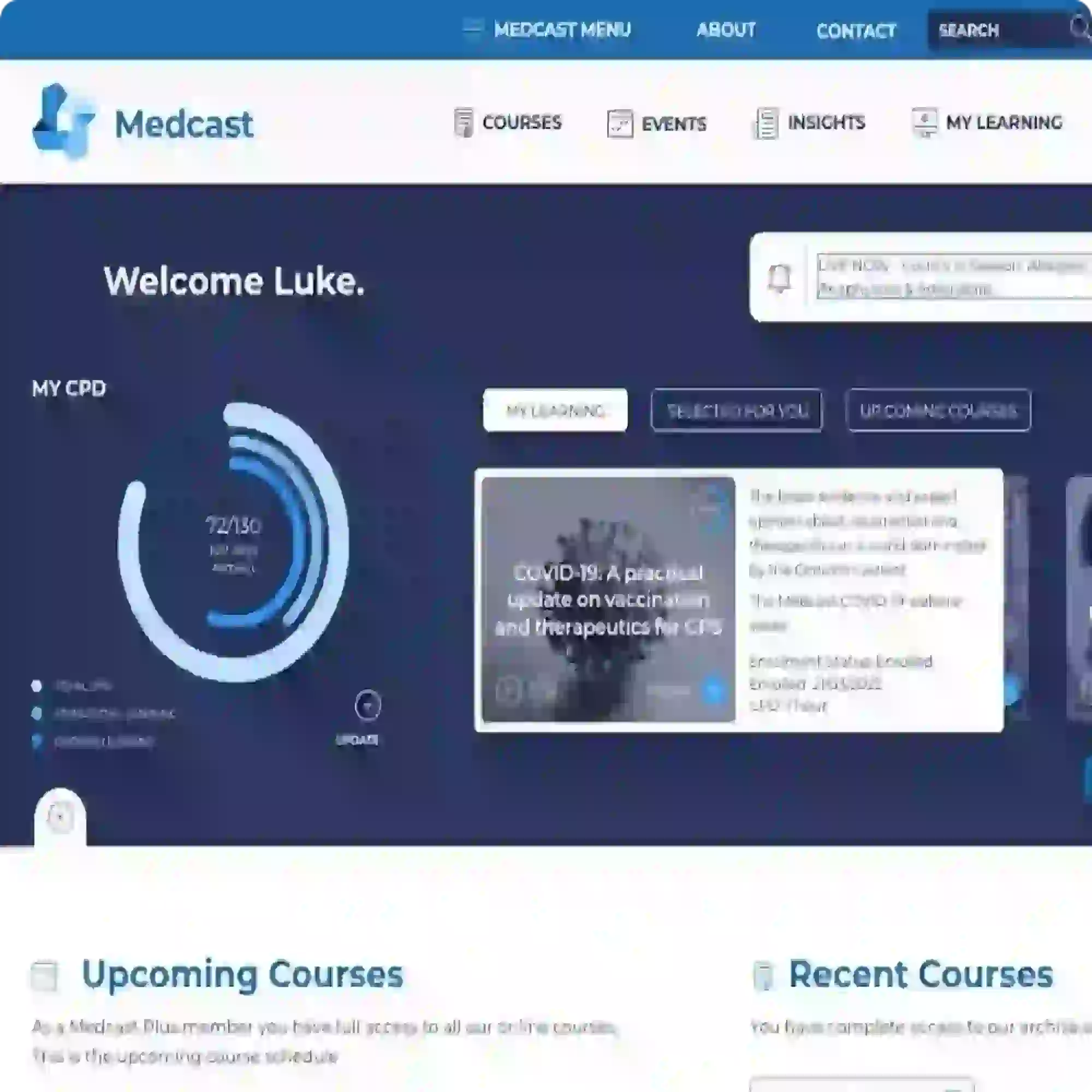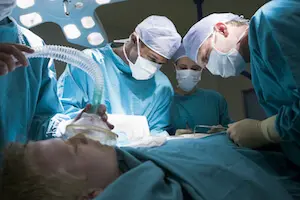Critical Care
When it's critical it has to be memorable
Medcast Plus for Nurses
Get 12 months access to Medcast's digital courses, live online events and content archive for an incredible price. 100s of hours of quality, pertinent education as well as user friendly tools, and discounts on face-to-face training.
Nurses, Doctors & Paramedics
Continue your healthcare education and professional development with our range of online and face-to-face courses.
CLICK HEREOrganisations
Quality healthcare education services and solutions - tailored to your organisation.
CLICK HEREOur Public Courses
It's more than CPD. It's education as incredible as the job you do everyday.
Acute Care
Anaesthetics and Recovery
Critical Care
Resuscitation
Emergencies
Upcoming Courses
Are you an Organisation?
If you're looking for a holistic, tailored and scalable health education solution we're here to help. Find out how.
Our Educators are the best in their field

I don't just want to teach.
I want to inspire.
Ken Hambrecht,
Ken Hambrecht RN, ICU Cert., B.Sc, (Physiology & Biochem.), M.I.Biol, M.Ed., J.P. MACN
Receive updates and discounts on future courses
Join our mailing list and receive discounts on future courses. Also receive updates and notifications about Critical Care courses in your area.
What our customers say
The best presenters I have come across at an education event! Amazing!
Jo – Anaesthesia & Recovery Room Nursing Essentials, Townsville
I learnt more in four days at a Critical Care course than I had in an entire year at my ward.
Sarah Dalglish, Senior Nurse
Co-billing and split billing are often a source of confusion for many GPs. This FastTrack clearly defines these two methods of billing, including examples, explanations of when it is and isn’t appropriate to co- or split bill, and common compliance pitfalls. 30 mins each RP and EA available with the quiz.
The Coordinated Veterans’ Care (CVC) Program is a DVA initiative that allows GPs to provide structured, proactive care in the community for eligible veterans and war widows. This FastTrack provides a guide to billing the CVC program, and outlines a strategy for its practice-wide integration.
Achilles tendinopathy is a common cause of posterior heel pain and functional impairment. GPs are well-placed to coordinate care for these patients. This FastTrack fact sheet provides a concise summary of diagnosis and non-surgical management, including when to refer. Earn 30mins each RP and EA CPD with the quiz.

















